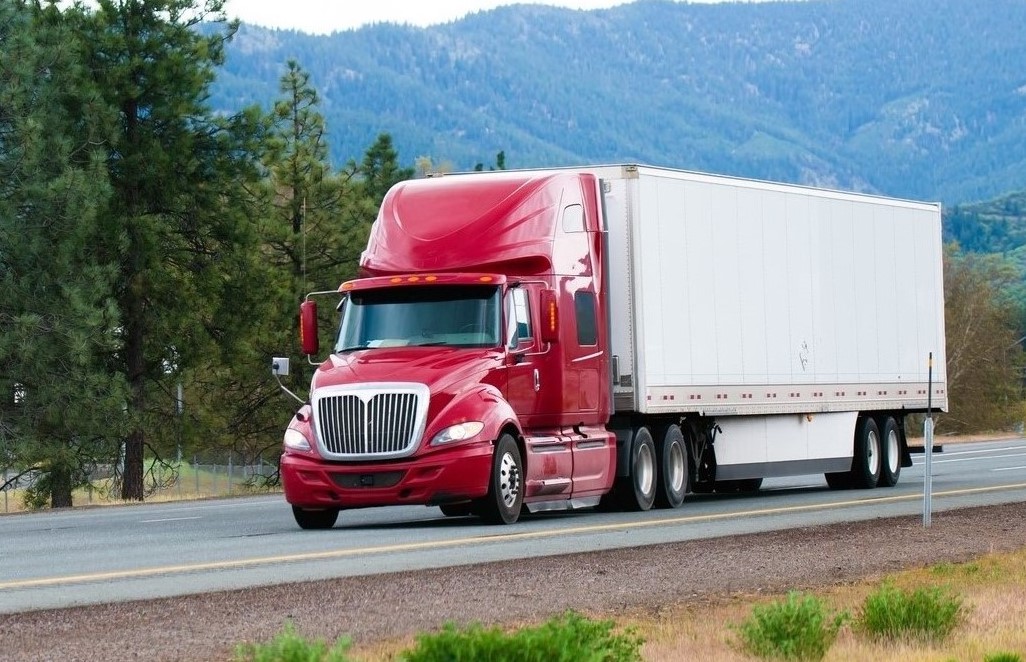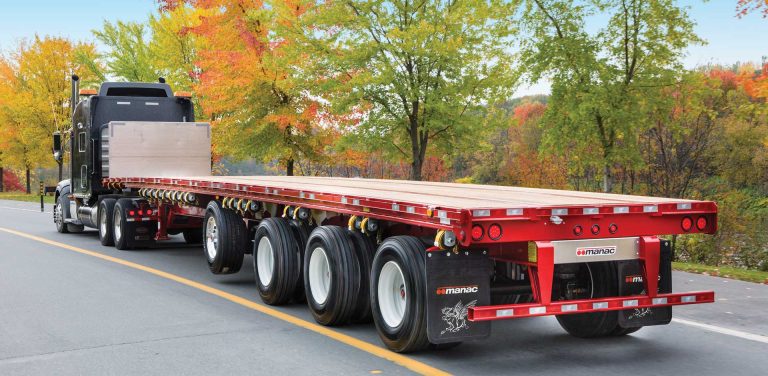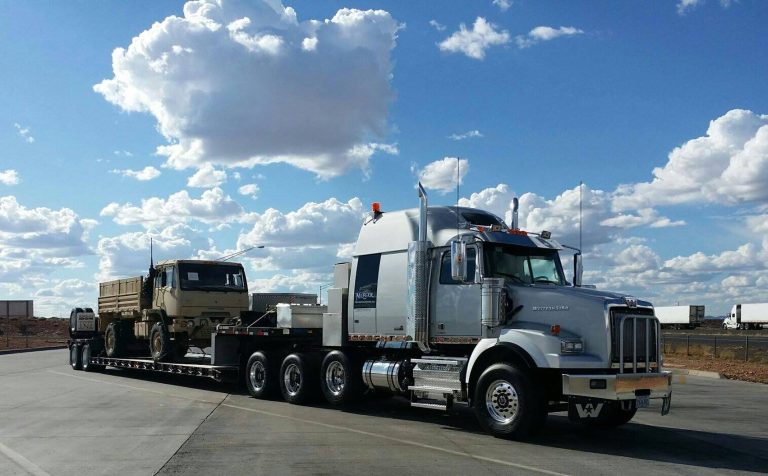Our Objective
The All-Santoa dispatcher’s responsibilities involve keeping the client happy. We offer a dispatching service at 6 %. Some of the services we offer are written negotiating and route planning dispatching. We get you the highest load and help with all paperwork.
We also assist if there is a problem with time frame, budget, and Load capacity. We establish communication with
the driver to develops trust that is essential when needed to navigate quick changes.
Each day the dispatcher manages the progress of current loads and locates opportunities to consolidate deliveries. Identifying opportunities to reduce travel time and helping customers with cost management. Utilizing technology to manage loads, assisting with fuel efficiency, and check for potential weather issues.
IF you need a logistics dispatcher fill free to contact us.
Price :
$20.00


To build the perfect load
- Consolidate by allocating items to a container to maximize the available space.
- Optimize costs by reducing unnecessary expenditures before a delivery hits the road.
- Find ways to collaborate with outside sources to complete operations.
- Comply with loading and unloading regulations.
Our dispatcher responsibilities
- Answering all forms of correspondence (i.e. calls, emails & texts) from drivers, shippers, and brokers.
- Schedule delivery and pick-up time while taking into consideration the customer’s timeframe requirements.
- Determine the best delivery methods and negotiate rates directly with vendors and customers.
- Ensure to give information to the truck driver if there are any special features in the freight they may have.
- Freight dispatchers help drivers with navigating weather delays by overseeing and monitoring the drivers’ schedules.
- Notify drivers of inclement weather and impacted driving conditions.
- Comply with state and federal transportation regulations, procedures, and laws.
- Provide assistance, support, and crisis management for drivers.
- Ensure all trucks are perfectly equipped and adhere to all local and state safety protocols and guidelines.
- Keep records, monitor drivers’ daily logs, and monitor equipment availability.

